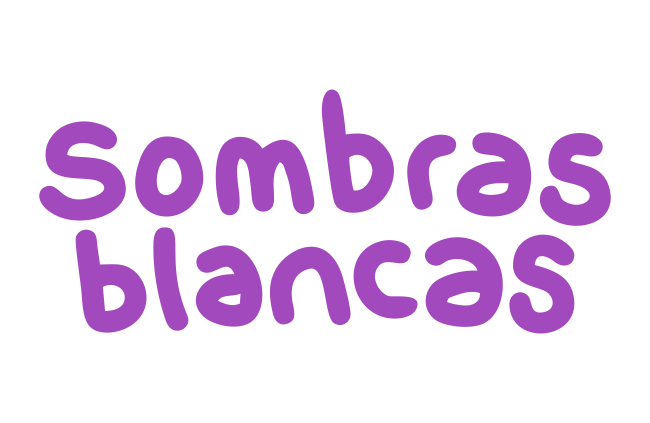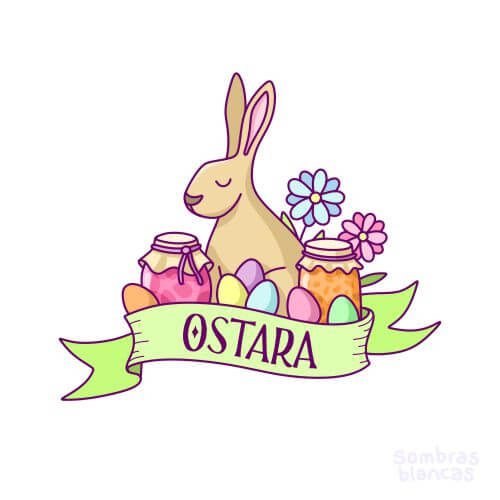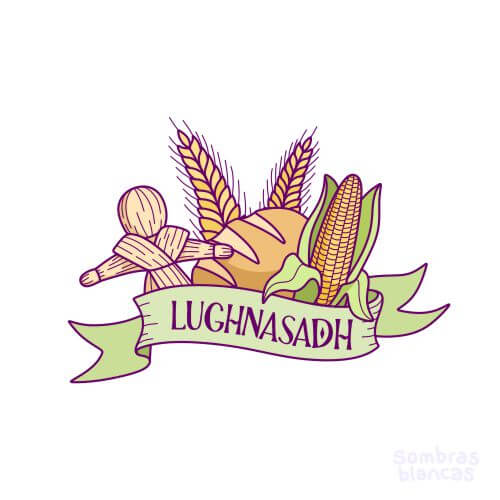24 May The wheel of the year: origins, traditions, and a new approach
I’m not a hundred percent sure when I encountered the wheel of the year for the first time, but it may have been when I finished reading ‘The Dark Mirror’ by Juliet Marillier. Not that she specifically talks about it in her book but I remember reading the short author bio at the end and being curious about that OBOD druid order she was a member of. I did some quick research and found the Druidcast podcast to which I became instantly hooked. Through there, I started learning more and more about this beautiful idea and I haven’t stopped thinking about it and even creating art based on it ever since.
What is the wheel of the year? Origins and evolution
The wheel of the year is an annual calendar observed by many neopagans and Wiccans including eight seasonal festivals or sabbats: the solstices, the equinoxes, and the midpoints in between. It is a direct representation and celebration of the cyclical nature of life. There’s no beginning and no end and, at the same time, everything around us and also ourselves begin and end. Nothing remains fixed forever but the cycle continues and repeats over and over again. This circular calendar invites us to live seasonally, being mindful of the difference in light, darkness, energies, animals, and fruits of the earth that surround us depending on the time of year. What I love the most about it is the fact that, due to its deep connection to nature, it doesn’t necessarily need to be tied to any religion. You can honor the wheel of the year regardless of your spiritual beliefs or the lack of them.
“Those who contemplate the beauty of the earth find reserves of strength that will endure as long as life lasts. There is something infinitely healing in the repeated refrains of nature — the assurance that dawn comes after night, and spring after winter.” ― Rachel Carson, Silent Spring
The wheel as we know it today is a contemporary concept developed and popularized in the 1950s by Gerald Gardner (regarded by many as the father of modern witchcraft), Ross Nichols (founder of the Orders of Bards, Ovates and Druids), and Aidan Kelly, among others. But they didn’t come up with it from scratch. The midpoints between solstices and equinoxes, also known as cross-quarters or Greater Sabbats, have their origins in the four Celtic fire festivals and are designated by their Celtic names: Samhain, Imbolc, Beltane, and Lughnasadh. The solar festivals, quarter points or Lesser Sabbats, have been significant dates observed by different cultures around the world for thousands of years, as manifested in prehistoric monuments such as Stonehenge in the United Kingdom and Newgrange in Ireland.
The sabbats in the wheel are sometimes known by other names depending on the tradition. For example, Doreen Valiente, the famous advocate of Gardnerian Wicca, in her 1978 book Witchcraft For Tomorrow, identified the fire festivals by the names Candlemas, May Eve, Lammas, and Hallowe’en, and the solstices and equinoxes by their seasons. Due to the ancient origins of these celebrations, we can find parallel festivities in other religions that integrated them into their tradition through syncretism.
Since these festivals are tied to specific seasonal events, they are celebrated on the opposite dates in the Southern hemisphere, that is, Samhain takes place on the 1st of May while Beltane does so the 31st of October, to name a couple. The dates below are for the Northern hemisphere and are approximate in some cases because they may vary by a few days each year.
The eight sabbats
Yule
December 20th – 23th
Also known as the winter solstice, Midwinter, or Alban Arthan (in Druid traditions, meaning “the Light of Arthur”). Being the shortest day of the year, Yule is a festivity that celebrates the return of the sun and therefore some key concepts associated with it are rebirth, regeneration, and the setting of new intentions. Some elements usually present in this festival are an evergreen tree (symbolizing the power of life surviving through winter), and the Yule Log (fire representing the rebirth of light).
In various folklore and mythological traditions, this is also the point at which the Oak King reaches the height of his strength, defeating his brother, the Holly King, who will return back to power in Midsummer. These two symbolic characters are also clearly tied to the seasons and the cyclical nature of life.
Imbolc
February 2nd
Also known as Candlemas, it marks the end of winter and the beginning of spring. It is believed the word “Imbolc” comes from Old Irish, meaning “in the belly” and referencing pregnant sheep. It is a festival of light, purification, hope, and fertility, as the days grow longer and the earth starts being productive again. In Celtic traditions, this festivity is associated with Brigid, goddess of the home and harvest, and Brigid’s crosses are weaved in her honor.
Fire is also a strong symbol on this sabbat, present through bonfires or lit candles and representing the sun as it gains strength through the season.
Ostara
March 20th – 23th
Also known as the spring equinox, vernal equinox, or Alban Eilir (“the Light of the Earth”) in modern Druid traditions, the name was proposed by linguist and folklorist Jacob Grimm deriving from a West Germanic spring goddess called Ēostre. Ostara celebrates new growth, trees coming back to life, and new seeds being planted.
The main symbols of this sabbat are colored eggs and rabbits, which seem to be associated with this time of year since ancient spring celebrations, the egg being a direct representation of rebirth and renewal.
Beltane
May 1st
Also known as May Eve, May Day, or Walpurgisnacht in Germanic countries, Beltane marks the beginning of summer and the peak of nature’s exuberance, as flowers bloom, birds are building their nests, and everything around us is greening and flourishing.
Some symbols of this sabbat are the maypole (originally a tree) and the twirling of ribbons around it, while dancing in a spiral as the spiral of life. Another figure usually present in Beltane is the May Queen, a young woman crowned with flowers representing the goddess Flora. Again, bonfires play an important role in this festivity, this time linked with passion and receptivity.
Litha
June 20th – 23th
Also known as the summer solstice, midsummer, or Alban Hefin (“the Light of the Shore”) in modern Druid traditions, Litha is the longest day of the year. The sun is at its climax, herbs and honey are harvested, and food is abundant. This sabbat honors the triumph of light over darkness. At the same time, the sun begins its decline and the wheel of the year turns.
Feasting and dancing take place around bonfires. For many druids and other neopagan groups, Stonehenge is the ideal place to celebrate the summer solstice.
At this point of the year, the Holly King defeats the Oak King and reigns for the next half of the year as the days grow smaller.
Lughnasadh
August 1st
Also known as Lammas (from the Anglo-Saxon word meaning “loaf-mass”) or August Eve, the name Lughnasadh comes from the Celtic god Lugh, associated with truth and law. This festival revolves around the first harvest, thanksgiving for early grain and bread, and the ending of the summer cycle.
Some symbols of this sabbat are corn husk dolls and freshly baked bread, representing the first fruits of the earth.
Mabon
September 20th – 23rd
Also known as the autumn equinox, Harvest Home, or Alban Elfed (“the Light of the Water”) in modern Druid traditions, it is the second harvest festival. It celebrates the abundance of food stored in preparation for winter as well as sharing this abundance with others. The most common symbol associated with it is the cornucopia.
The equinox is the moment where the balance between darkness and light is about to end in favor of the dark period of the year.
Samhain
October 31st
Also known as Halloween or Day of the Dead, the name Samhain may come from an Irish word meaning “Summer’s End”. It is the final harvest festival and a time to honor darkness and death as a necessary part of life. The fields are bare once more and leaves start falling. This date marks the beginning of the new year in many pagan traditions.
This sabbat is often referred as the time of the year when the veil between this world and the afterlife is thinner, making it the perfect moment to honor the ancestors.
A new approach: create your own wheel of the year
As much as the wheel of the year enchants us and connects us to people from all over the world, the truth is the festivities in it as they are traditionally described are heavily based on the climate and cycles in the British Isles. If you live somewhere with very different weather conditions and therefore different natural cycles, it won’t make a lot of sense to celebrate the same sabbats or use the same symbols. Nowadays, many of us live in urban environments where the agricultural rhythms of the earth are sadly not that noticeable. Additionally and as I mentioned at the beginning, a modern take on the wheel of the year would need to take into consideration those of us who don’t approach it from a theist’s point of view.
With all this in mind, a great idea would be to create a completely personal wheel of the year to reflect our own reality and the cyclical highlights that make more sense to us. Harvests can be symbolic of personal growth and achievements. The darker periods of the year don’t necessarily need to be linked to the dead but can be seen as a time for self-reflection and planning for new intentions. Each one of us can come up with new and different names for each celebration that are somehow tied to our personal experiences and therefore can be much more meaningful.
To take this idea a bit further, I’ve created a new version of my wheel of the year illustration, a blank wheel this time, so we can all fill it in with our unique eight sabbats. I really hope you like this concept and would love to see your versions of the wheel if you decide to work on them 🙂
This journal is intended to be a collage of topics that inspire me. If you would like to get notified whenever I post new content, feel free to subscribe to my email list. Thank you for reading!










